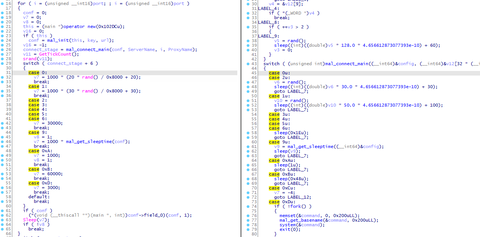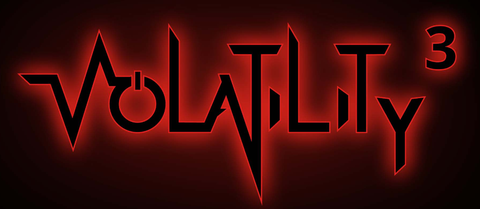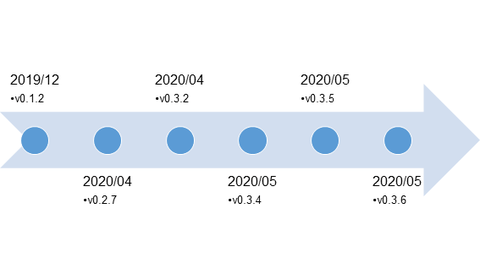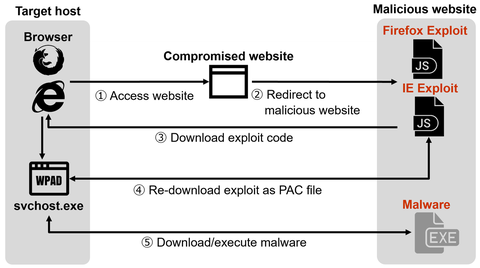In a past article, we introduced Linux malware ELF_TSCookie, which is used by an attack group BlackTech. This group also uses other kinds of malware that affects Linux OS. PLEAD module for Windows which we introduced before has its Linux version (ELF_PLEAD) as well. This article describe the details of ELF_PLEAD in comparison to PLEAD module. Comparison between PLEAD Module and ELF_PLEAD ELF_PLEAD and PLEAD module share many parts of...
List of “Malware”
-
-
In the previous article, we introduced one type of malware that Lazarus (also known as Hidden Cobra) uses after network intrusion. It is confirmed that this attack group uses multiple types of malware including BLINDINGCAN, which CISA recently introduced in its report [1]. This article summarises the result of our analysis on BLINDINGCAN. BLINDINGCAN overview The malware runs when a loader loads a DLL file. Figure 1 shows the flow...
-
JPCERT/CC has observed attack activity by Lazarus (also known as Hidden Cobra) targeting Japanese organisations. Different types of malware are used during and after the intrusion. This article introduces one of the types of malware used after the intrusion. Malware Overview This malware downloads and executes modules. It is saved as a .drv file in a folder such as C:¥Windows¥System32¥ and run as a service. It is obfuscated by using...
-
The Volatility Foundation released Volatility 3 Public Beta, a new version of Volatility Framework in October 2019. The version not only offers compatibility with Python 3 but also has a lot of functional updates from Volatility 2. (Please see Volatility 3's official page for more details.) Particularly, creating plugins is much easier with Volatility 3 compared to the previous version. Volatility 3’s official release is planned for August 2020, and...
-
We introduced malware LODEINFO in a past blog entry. Attacks using the malware have been continuously seen, in particular with malicious file names including those related to COVID-19. It is also confirmed that LODEINFO has been updated frequently, and several functions have been added or changed in the latest version. This article will introduce trends seen in the series of attacks and updates to the malware. LODEINFO distribution Cases that...
-
On 8 January 2020, Mozilla released an advisory regarding a vulnerability in Firefox. On 17 January, Microsoft reported that 0-day attacks exploiting a vulnerability in Internet Explorer (IE) had been seen in the wild. JPCERT/CC confirmed attacks exploiting both vulnerabilities at once and issued a security alert. This article explains the details of these attacks. Attack overview In this attack, victims are redirected to an attack site through a compromised...
-
In the past blog articles, we have introduced TSCookie, PLEAD and IconDown, which are used by BlackTech. It has been identified that this group also uses several other types of malware. While the malware we have already described infects Windows OS, we have also confirmed that there are TSCookie and PLEAD variants that infect Linux OS. This article describes TSCookie for Linux, used by BlackTech. Difference between TSCookie for Windows...
-
JPCERT/CC has been observing a new type of spear-phishing emails targeting Japanese organisations since December 2019. The emails have a malicious Word file attachment leading to malware “LODEINFO”, which is newly observed. This article introduces the details of this malware. How LODEINFO is launched Figure 1 describes the flow of events from executing a Word file until LODEINFO is launched. Figure 1:Flow of events until LODEINFO runs By enabling the...
-
In the past articles, we have introduced TSCookie and PLEAD, the malware used by an attack group BlackTech. We have confirmed that this group also uses another type of malware called “IconDown”. According to ESET’s blog[1], it has been confirmed that the malware is distributed through the update function of ASUS WebStorage. This article describes the details of IconDown found in Japanese organisations. IconDown’s behaviour The malware downloads a file...
-
Previously, we explained about malware "TSCookie" and "PLEAD" which are used by an attack group BlackTech. Their activities have been continuously observed in Japan as of now. We have been seeing that a new malware variant is being used after they successfully intruded into a target network. This article explains the details of the variant. TSCookie used after intrusion The malware consists of 2 files (TSCookie Loader and TSCookie) as...













